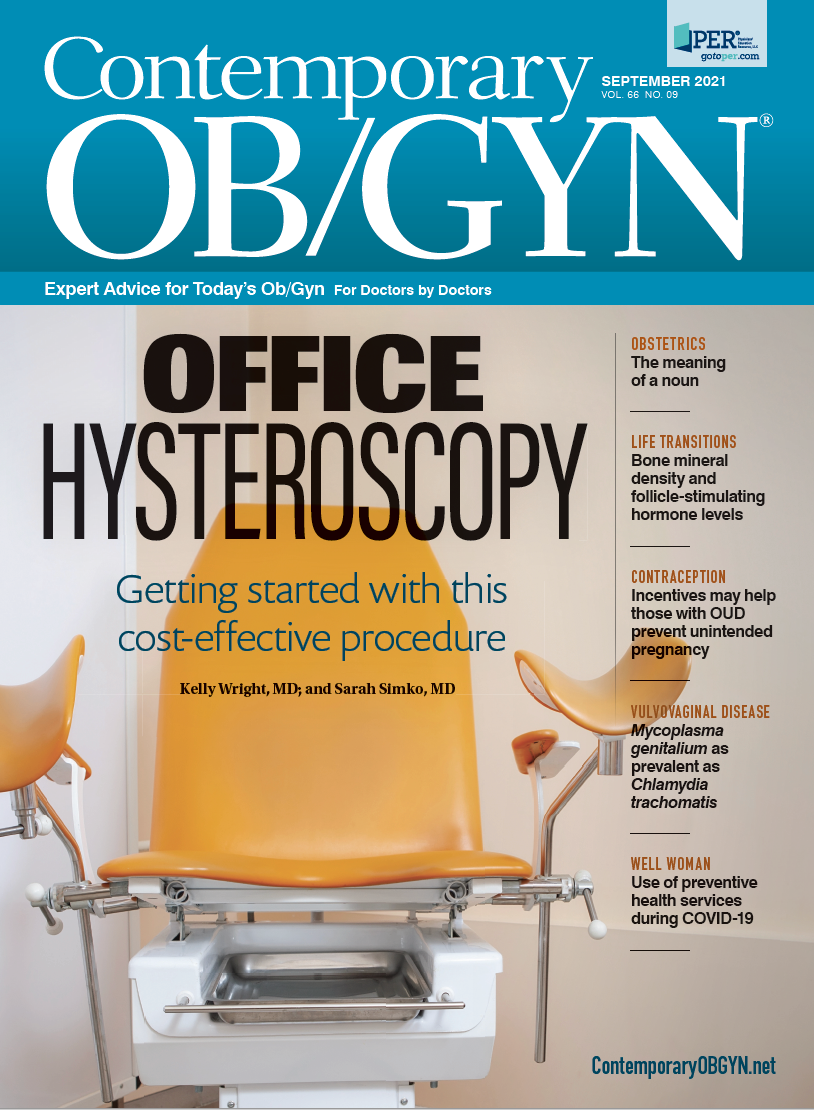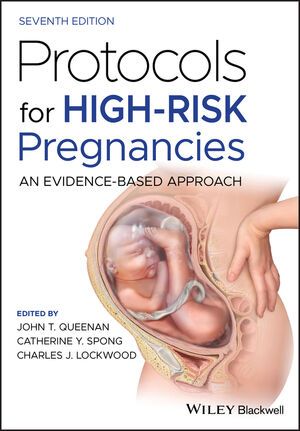Protocols for High-Risk Pregnancies, 7th Edition: Protocol 21, Obesity
In this protocol, Ramsey reviews the health implications of obesity for mother and fetus. The incidence of obesity in the United States has increased dramatically. Of pregnant women in the country, more than half are overweight or obese and 8% or more are extremely obese. As the author notes, excessive gestational weight gain, particularly in women who are already overweight or obese, increases risk of maternal complications such as diabetes, hypertension, and operative deliveries and neonatal outcomes such as macrosomia and stillbirth.
AUTHORS: Patrick S. Ramsey, MD, MSPH, Department of Obstetrics & Gynecology, Center for Pregnancy and Newborn Research, University of Texas Health Science Center at San Antonio.
Protocols for High-Risk Pregnancies, 7th Edition
Snapshot: Protocol 21 - Obesity
Key Messages
- Maternal weight should be optimized before pregnancy. At the first prenatal visit, maternal body mass index should be calculated. A thorough history also should be taken to ascertain whether being overweight or obese has a genetic or medical cause.
- Because of concerns about safety and adverse events, medication for weight control generally is not recommended around the time of conception or during pregnancy. Behavioral modification and motivational interviewing are options.
- Nutrition counseling should be individualized and provided by a dietitian. Women should be advised not to skip meals and to choose nutrient-dense foods.
- First-trimester pregnancy dating by ultrasound and screening for aneuploidy are essential for overweight or obese women. A fetal anatomy ultrasound is recommended at 18 to 22 weeks, with counseling of obese women about its limitations regarding identifying structural abnormalities.
- Early screening for gestational diabetes or occult undiagnosed type 2 diabetes is recommended in overweight or obese women who have additional diabetic risk factors.
- Timing of antenatal fetal testing and the approach used should be individualized based on a woman’s degree of obesity, as well as the type and severity of complications. Testing is not warranted solely for obesity.
- During delivery, labor units should ensure adequate access to bariatric equipment that may be needed for overweight or obese women. The first stage of labor may be longer in these patients. There is no evidence that one incision type is superior to another for cesarean delivery in this setting. Because obesity is a risk factor for venous thromboembolism, mechanical thromboprophylaxis is recommended before and after delivery along with early ambulation.

Importance of reproductive health services for adolescents during the COVID-19 pandemic
October 30th 2024In a recent study, high rates of reproductive health service use were reported among adolescent mothers, indicating the benefits of this model for providing care when other options are unavailable.
Read More
S4E1: New RNA platform can predict pregnancy complications
February 11th 2022In this episode of Pap Talk, Contemporary OB/GYN® sat down with Maneesh Jain, CEO of Mirvie, and Michal Elovitz, MD, chief medical advisor at Mirvie, a new RNA platform that is able to predict pregnancy complications by revealing the biology of each pregnancy. They discussed recently published data regarding the platform's ability to predict preeclampsia and preterm birth.
Listen

